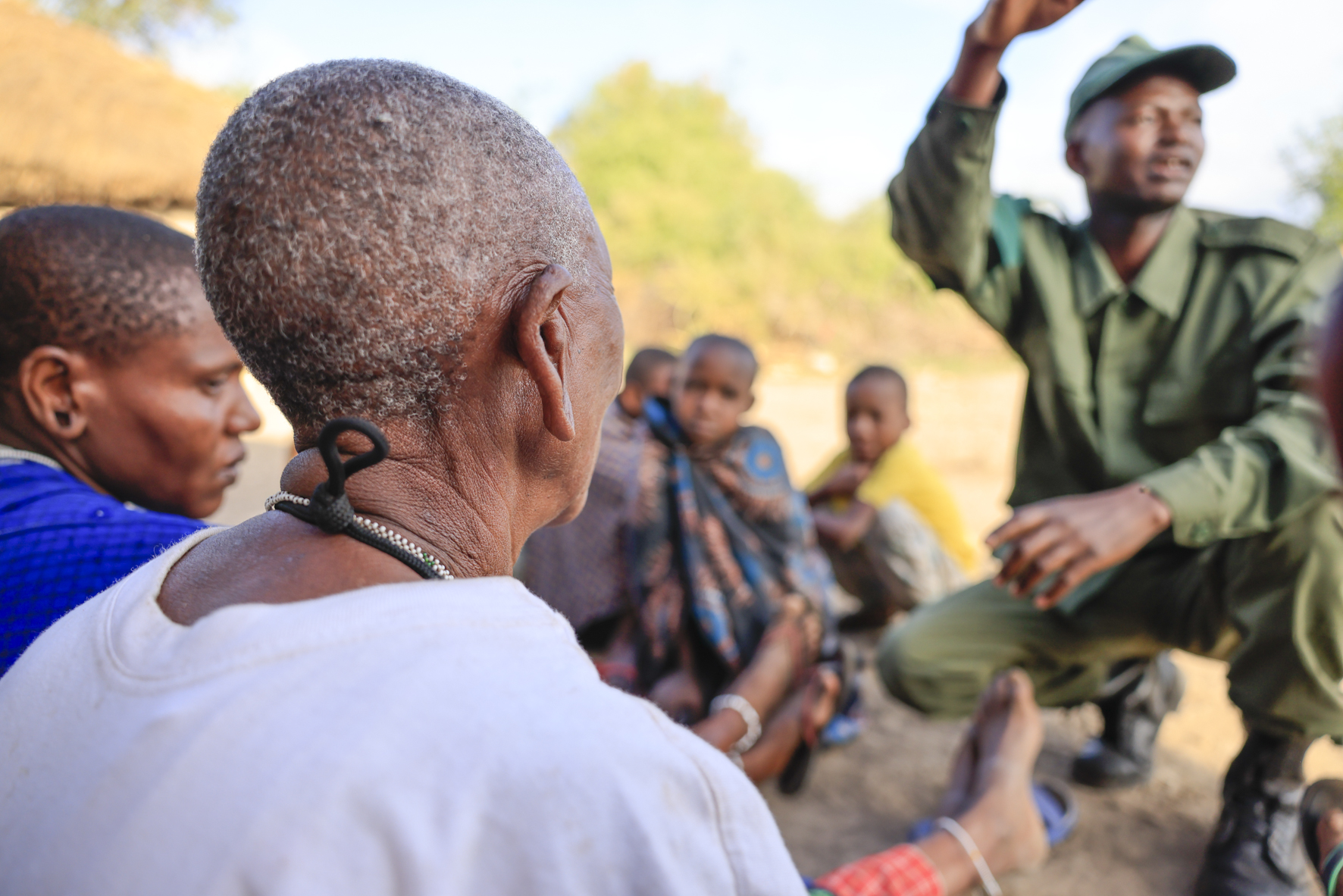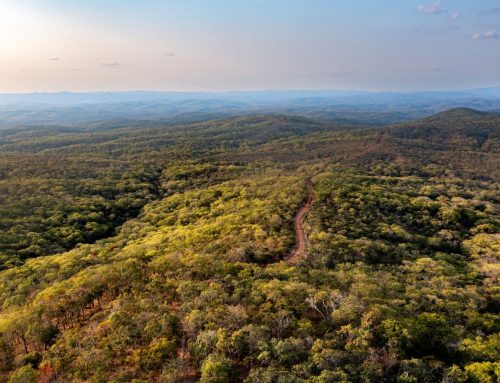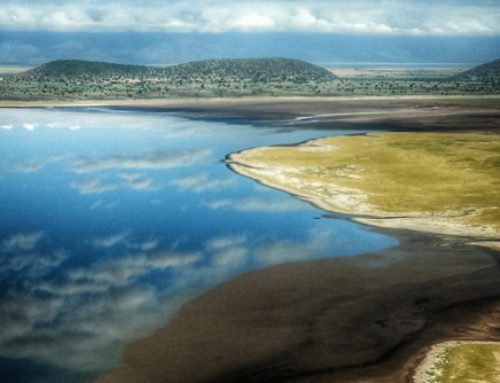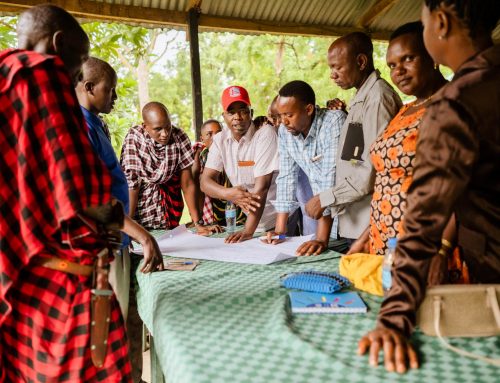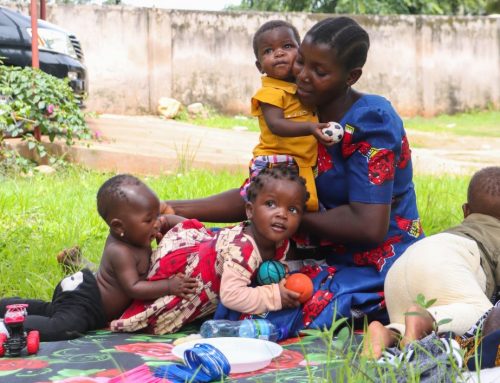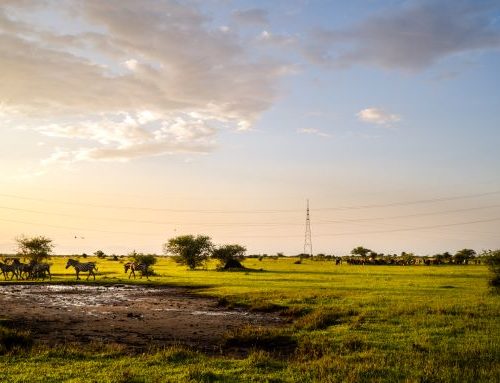Where would you like to see wildlife in Africa in thirty or fifty-plus years’ time? Will our grandchildren listen to ‘once upon a time’ stories when wildlife roamed the vast plains of Africa or will we leave them the opportunity to experience it, have the ability for their soul to speak to, and touch nature, have the opportunity and privilege to meet the people on this planet that live with nature? As COP26 talks are dominating the news, for this dream to really happen, there are many challenges facing the future of wildlife in Africa, climate change, politics, the economic drivers, wildlife conflict, land conversion and more.
Our biggest failure would be to deny the opportunity for the custodians of these landscapes, the local indigenous communities to drive this story; to listen to their vision for their grandchildren, and for people and wildlife to continue to be interdependent, where the present is shaping the future for these communities and their natural livelihoods.
Today, another day passes without rain, the sharp blue sky, and the dry heat is begging the wildlife to risk quenching their thirst. This month we started receiving photographs from the field of buffalo stuck in waterholes. These are ponds that originally were created by elephants digging for water, and over the years, they grew larger until local communities also adopted these waterholes and like the elephants, they also continued to dig for water. The waterholes continue to get larger and sometimes deeper with both man and elephants digging and providing water for all the other animals. As the dry season persists, the water levels drop, and the holes get deeper, the animals become more desperate, they venture at night down into these holes and sometimes fail to climb back out. It is the local communities that come to rescue them, digging by hand for many hours, they develop a ramp so that the buffalo can climb out. This is the voluntary action, there are no thanks or rewards for this effort, just respect for nature, and the harshness of life in these environments that they share; an understanding that these communities live in a landscape with their wilderness partners.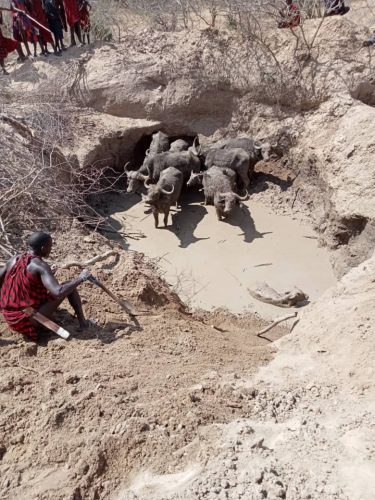
We all like to congratulate ourselves from time to time as we feel we have done a fabulous job at protecting wildlife, and we probably have. But catching poachers and collecting snares is short-term thinking. Any long term and scalable impact will depend on how we engage with local indigenous communities, (the real conservationists), how we listen to them, understand where they are coming from and where they wish to go to, and how help them navigate what COP26 and all these other distractions will bring them so that they can just continue to live a life that is important to them and is in touch with their environment.
Honeyguide believes that communities play a crucial role in the future of these large landscapes, it is their story, their future, and ours is to help them explore what economic incentives will enable them to continue to thrive in these ecosystems.

